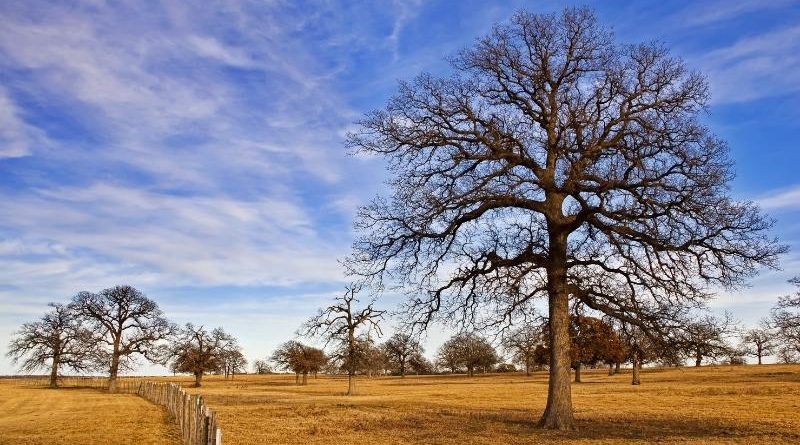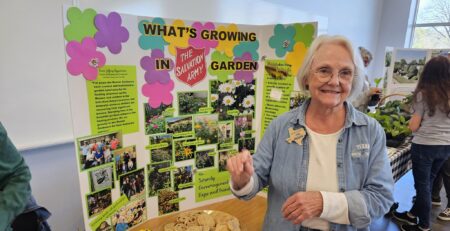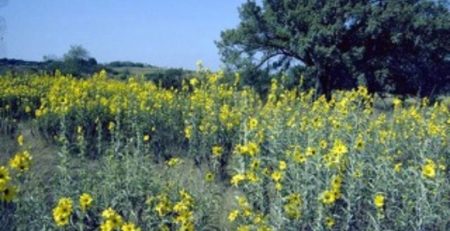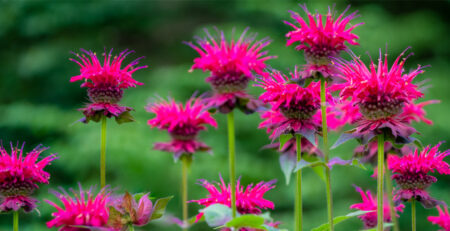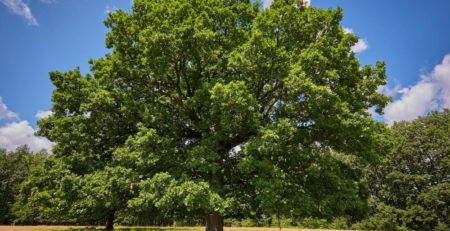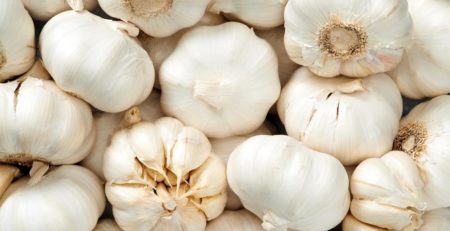Winterizing Your Landscape
As fall comes and temperatures moderate, it’s more fun to get out in our yards and landscapes and perform tasks we postponed during the heat of late summer. That’s good because many fall garden projects are tasks we must do; as opposed to those we choose to do such as yard planning, improvements, or expansions.
Fall projects you must do include:
- Winterize Your Irrigation Systems
- Irrigation systems should be winterized before the first freeze date which is November 4-13 in the DFW area. Irrigation pipes below the surface are somewhat insulated by the soil from a mild freeze, but the risers and above-ground irrigation systems are more vulnerable. Reduced Pressure (RP) or Pressure Vacuum Breaker (PVB) backflow devices are especially vulnerable to freeze damage and costly to replace. Hose bibs fitted during irrigation installation are also susceptible to freeze damage.
- If your sprinkler system has pipes near the surface, you may want to “blowout” the air passing through the system, and open the drainage valve if possible. Once the irrigation system has been drained, set the controller to “standby” mode.
- If supplemental watering is necessary after November 15, disconnect garden hoses between uses and empty your favorite watering cans to avoid freeze damage.
- Winterize birdbaths by adding stones to avoid large blocks of ice forming. Empty glass bird baths and put them into storage. You can safely provide water for birds in large plastic saucers.
- Prepare Perennial Plants for Winter
- Protect potted plants by moving your favorite tender plants to an interior location and/or taking leaf or tender stem cuttings BEFORE the first frost.
- Adding two to three inches of quality mulch, such as shredded cedar, pine bark, or fully composted “homemade” mulch, will improve the likelihood of favorite perennials surviving an occasional hard freeze. With the DFW region in USDA Plant Hardiness Zone 8a, our plants can be subjected to temperatures below zero.
- Late fall is an excellent time to prune trees with excess branching or weak limbs. Freezing rain can cause limb damage and falling limbs are a hazard in some cases. Also trim branches of shrubs near walkways that may get covered by ice or snow.
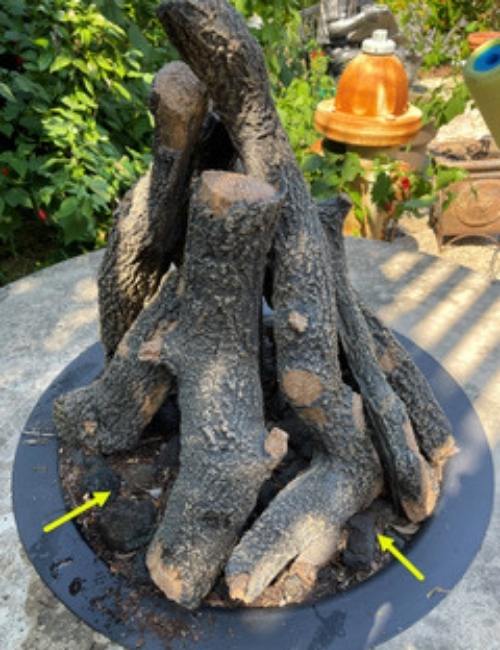
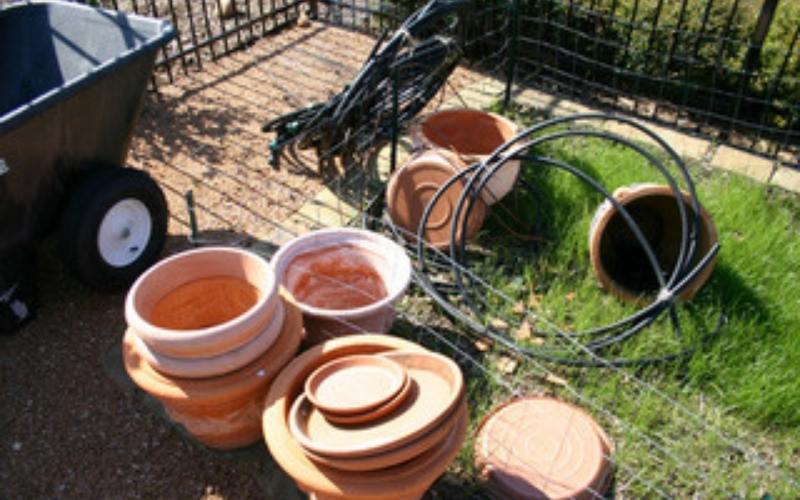
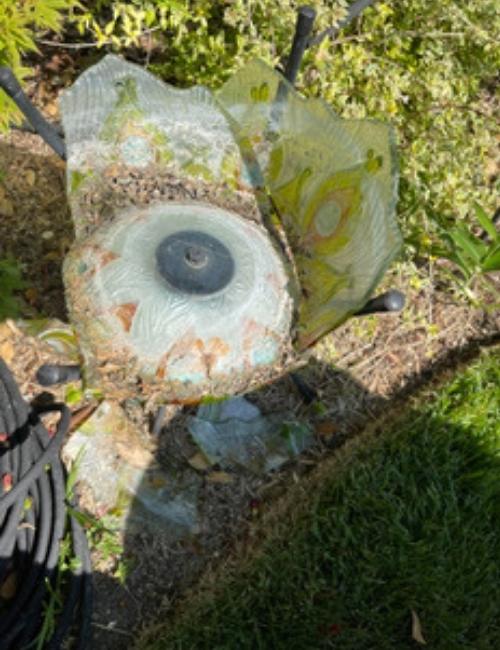
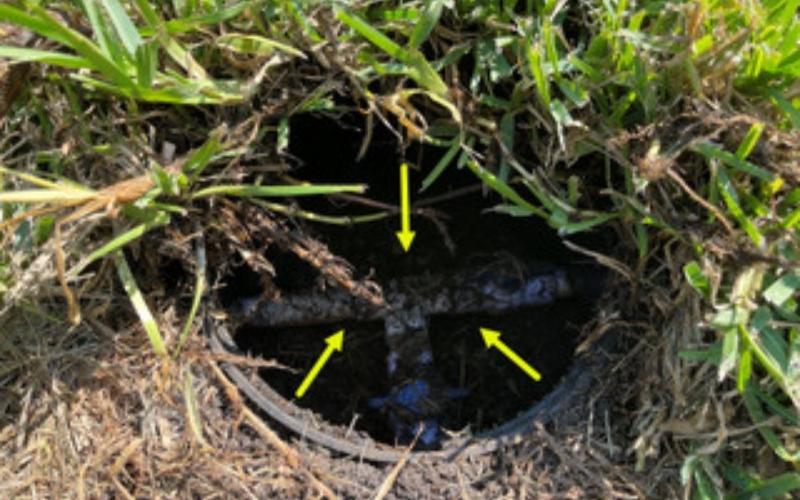
Optional yard and landscape projects are more enjoyable in the fall when you’re working on a cool morning before the ground has frozen. These projects include:
- Enlarge or otherwise modify flower beds before the ground freezes.
- Improve soil and drainage, and moderate soil pH in garden areas with a large percentage of clay. Add two to three inches of expanded shale mixed with organic matter like compost or peat.
- Do a soil test and add amendments suggested by the soil assay.
- Install hardscape projects such as walkways and perimeter borders or walls before spring rains make clay soil frustrating to dig, and before winter hardens the ground.
Other projects to enjoy doing in the fall:
- Pull up invasive weeds.
- Store yard tools for safety and appearance.
- Remove and store, if necessary, any trellises, arbors, cages, or stakes.
- Divide and replant bulbs and perennials that are well-established.
- Prepare beds for seasonal bulbs, such as daffodils and tulips, while letting the bulbs “chill” in the refrigerator before they are planted in late November.
- Plant perennial wildflower seeds that need to be cold scarified (spend time in cold and moist conditions) before they will germinate in the spring.
- Record plant notes to guide spring planting and influence decisions about garden expansion or renovation.

